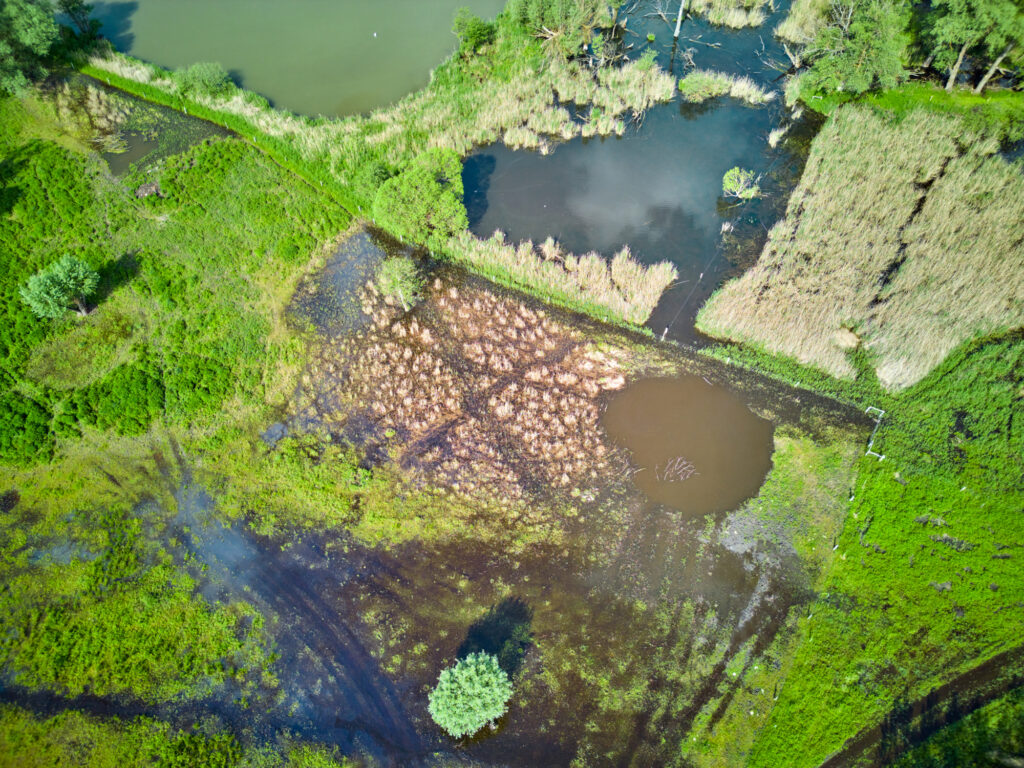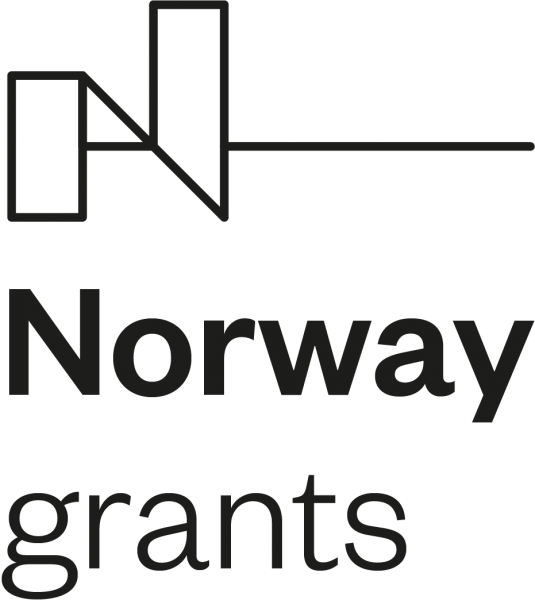What exciting projects are lined up for the conference? Get ready for a burst of innovation and inspiration!
Video recording of the conference (English)
Proceedings from the conference can be downloaded here.
Download the conference program: Conference 4.6.2024 – Ecosystems and biodiversity
Czech version: Konference 4. 6. – Ekosystémy a biodiverzita
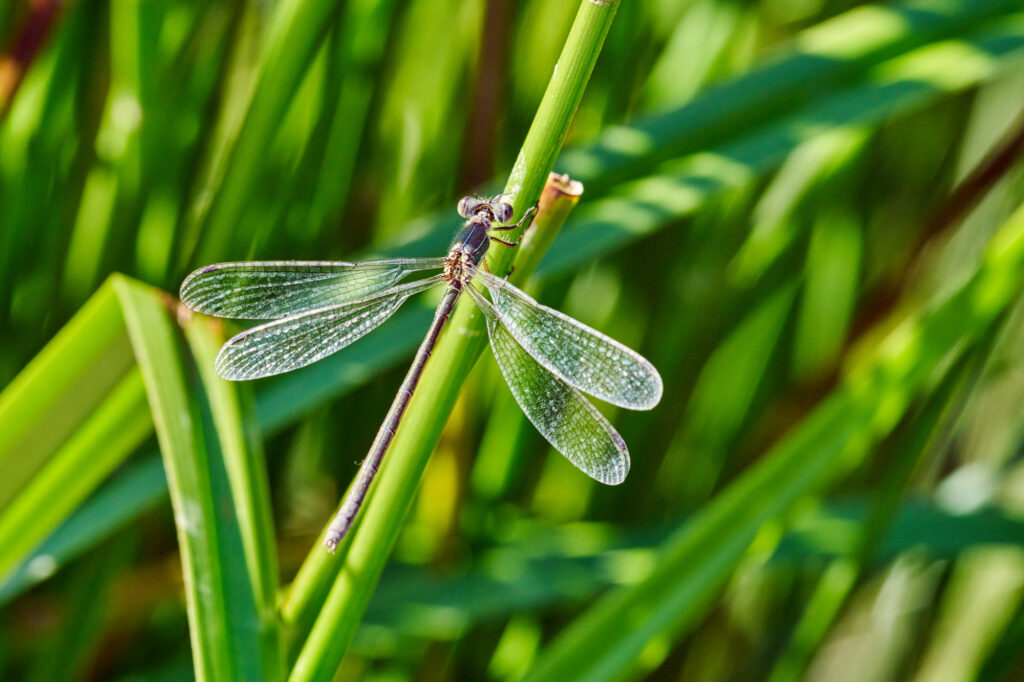
- Innovation and application of the method of incubation of eggs of endangered fish and lamprey species in the environment of maternal streams/University of Ostrava
In our project, we focus on the biodiversity of aquatic ecosystems. The project is related to the research project entitled: „The development of the methodology for the incubation of the selected salmon species and the innovation of the fish egg incubation boxes“ (TJ02000229), funded by the Technology Agency of the Czech Republic. This project finishes in May 2021, and the main outputs are the methodology, which is unique in its ability to support and restore the rheophilic fish population directly in the natural river habitat and to assess the potential risks for selected species caused by the impact of climate and land use change. The receipt of funding for this project leads to further innovation of the methodology for other species such as Common barbel, Vimba vimba, Common nase, Ide, and lampreys. The project is proposed for 26 months (1.3.2022 – 30.4.2024), and there are four institutions involved in delivering the project outputs, which helps to share good practice with Norway and Great Britain. The incubation is held in ten selected localities in the Czech Republic and is actively supported by local fish communities, non-governmental organizations, and nature protection authorities.
- Nature-friendly fisheries management as a tool for protecting valuable pond ecosystems/ENKI o.p.s.
The main purpose of this project is to protect the fishpond ecosystem in nature protection areas and to combine nature conservation with sustainable fish management not only for professional fishing companies. We are proving alternative fish management and its sustainability on our own and partner ponds. This type of management fully meets the criteria of good functioning and biologically rich ecosystems. The process of alternative fish management provides a great opportunity to reproduce and release different species of fish back to their original habitats. This increases the impact of this project on the protection of ecosystems and regional species diversity of fish.
Presentation: Nature-friendly fisheries management as a tool for protecting valuable pond ecosystems
- Floating islands – support of biodiversity and water quality/Czech Society for Ornitology – South Moravian Brench
In the past, several projects have been implemented to support the breeding of the Common tern in South Moravia, particularly through the installation of wooden floating platforms and the care of natural islands in reservoirs. Our organization has been systematically working on the protection of this species since 2008. The aim of this project is to prepare more technically suitable and resistant islands that are more sustainable and safer. This ensures even more effective protection not only of this animal species. In addition, as part of the innovation, floating islands with living vegetation are being created, which will create more suitable conditions for baby birds. At the same time, vegetation platforms support nutrient reduction in highly eutrophic pond waters, create shelter for fish, and provide alternative habitat for other species. They can serve as nesting habitats for other bird species. This is an innovation that has not been tested in practice before, making this project unique.
Presentation: Floating islands – support of biodiversity and water quality
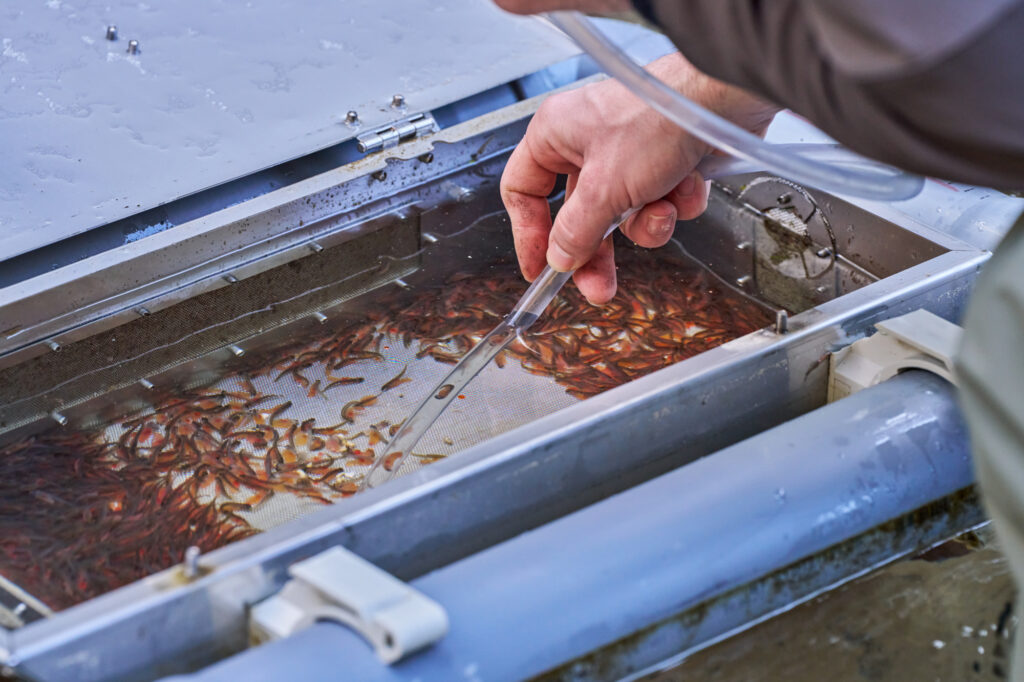
- Application of innovative procedures in the eradication of invasive crayfish in the Czech Republic/T. G. Masaryk Water Management Research Institute
The aim of the project is the practical verification of new results from applied research aimed at controlling and eradicating non-native crayfish species. The sub-objectives of the project are as follows: to carry out interventions against populations of non-native crayfish species in six selected sites of watercourses and reservoirs; to test the feasibility of the proposed measures in practice and thus provide an example of good practice for watercourse managers, waterworks owners, and nature conservation authorities; to verify the effectiveness and efficiency of the proposed regulatory and eradication interventions to control the population of non-native crayfish species; to improve the quality of the aquatic ecosystem and the conditions for the object of protection by reducing or eliminating the impact of non-native crayfish species by implementing measures at selected sites; and to communicate the experience of designing and implementing measures among domestic and foreign project partners, government, professionals, and the general public.
Presentation: Application of innovative procedures in the eradication of invasive crayfish
- Estonia: Prevention and control of non-indigenous species of crayfish in Estonian freshwaters/Estonian University of Life Sciences
The establishment and increase in abundance, distribution, and persistence of aquatic invasive species (AIS) is a source of concern in Estonia. The spread of AIS can have great ecological impacts on native communities and habitats. Our project “Eradication of aquatic invasive species in Estonian freshwaters” was funded through The European Economic Area (EEA) grants “Climate Change Mitigation and Adaption” call I “Ecosystem resilience increased”. The main goal of this project is to help protect and restore native communities’ resilience to climate change by eradicating and controlling the spread of AIS.
Presentation: Prevention and controle of non-indigenous species of crayfish in Estonian freshwaters
- Be plant wise, do not support invasive species/Czech University of Life Sciences Prague
Plant invasions are now considered one of the main threats to biodiversity worldwide. Horticulture, especially botanical and castle gardens, is considered the main source of invasive plant species. Native ornamental plants make up a high percentage of the European flora. In the Czech Republic, 54% of all plant species are of this type. Some of these taxa then spread uncontrollably into the wild and become dangerous and unwelcome aliens. Well-known examples are the hogweed, knotweeds, and Himalayan balsam. In addition to the loss of biodiversity, invasive species also cause changes in nutrient and moisture conditions in natural ecosystems. Specially protected areas of nature, such as nature reserves or Natura 2000, are at risk. Invasive species also often contain toxic or allergenic substances that affect human health. The aspect of introducing new species into ornamental crops is not yet emphasized in horticultural practice in the Czech Republic— invasive species are still commercially widespread. Therefore, it is advisable to highlight the issue of cultivation and spread of invasive species and influence horticultural practice to favor species that do not exhibit invasive behavior. The project is inspired by campaigns in Australia and New Zealand (Plant/Grow Me Instead) and the UK (Be Plant Wise, Plant Alert) which motivate gardeners to change their attitude towards invasive species. Given the different environmental and social conditions in the Czech Republic, the campaign needs to be adapted to local conditions. A local range of species to be grown is compiled, a list of safe alternatives is compiled, safe alternatives are planted, distributed, and shown in plantations.
Presentation: Grow safely – do not support invasive species
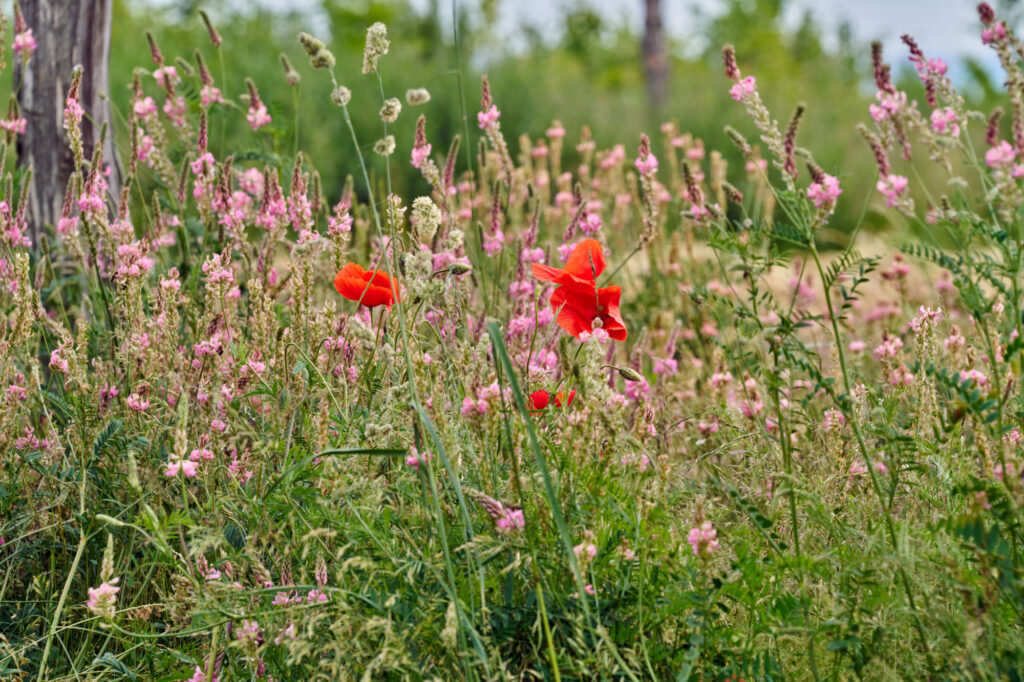
- Elimination of invasive species in practice/Czech University of Life Sciences Prague
- Regional seed mixtures as an effective tool for protecting the diversity of grassland habitats/Czech Union for Nature Conservation
- Implementation of floating green islands to improve nesting conditions for waterfowl and strengthen the biodiversity of pond ecosystems/Czech University of Life Sciences Prague
- Slovakia: Wetlands for Life and Prosperity: Restoring a Ramsar Site in the Alluvium of the Morava River/Green Foundation
The consortium team partnered with local landowners who decided to dedicate abandoned meadows and extensively used agricultural land to restore local wetland ecosystems. We want to believe that this positive precedent will support other landowners in the region to restore wetlands or switch to ecological and sustainable agriculture. Our common vision is to create a place suitable for relaxation and education about the importance of local wetlands. A place with rich biodiversity, full of synergies with other projects and activities in the vicinity, with a positive impact on residents and tourists. When planning the educational trail, we also think about people with autism spectrum disorders, for whom the sidewalk will be „friendly“.
Presentation: Wetlands for life and prosperity
Presentation: NINA – Norwegian partner of the project

- MOSPREMA: Prediction and management of mosquito calamities for biodiversity conservation in floodplain forests/Palacky University Olomouc
The essence of the project is to use modern geo-information methods and current knowledge to create new procedures for integrated management to minimize annually recurring calamitous mosquito populations, with special attention to the conservation of biodiversity in Litovelské Pomoraví Protected Landscape Area (PLA). The project’s objectives follow the State Environmental Policy of the Czech Republic 2030 with a view to 2050, as well as the Strategy for Adaptation to Climate Change in the Czech Republic. An advanced landscape model, created using continuously updated sensor and image data, concentrates and evaluates knowledge about the landscape, records planned and implemented interventions, and predicts the state of the territory in terms of the risk of calamity. With the precautionary principle in mind, the concentration of larvicides is reduced. The application of larvicides is more precise, thereby significantly reducing the input of foreign substances into the floodplain forest habitat. The selective application maintains the necessary presence of mosquitoes in the floodplain forest ecosystem. They are part of the food chain for many important organisms (fish, birds, bats). The decrease of this group can lead to a significant impact on the life cycle of associated predators and other organisms. With developed management, it is possible to control calamity conditions according to strategic documents. The Norwegian University of Science and Technology partner helps implement contemporary knowledge about the Citizen Science approach and brings valuable experience in developing a prediction model responding to climate change.
- Pilot farm Amalia – application of the Smart Landscape concept/ Czech University of Life Sciences Prague
Presentation – Pilot farm Amalia
- Kosteliska: bird parks as a tool for biodiversity protection/Czech Society for Ornitology – South Moravian Brench
Presentation: Kosteliska – bird park
